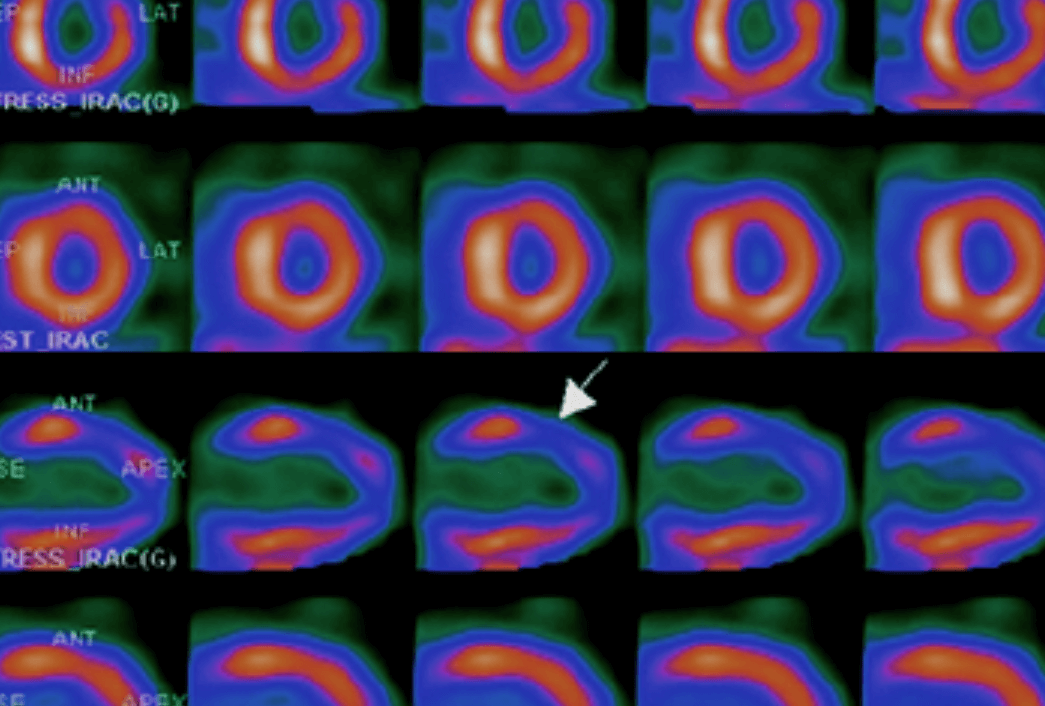Contact us for more information about our research, programs, and initiatives.
We realize and utilize new experimental and computational imaging technologies to visualize human anatomy, diagnose structural abnormalities, and assess function/dysfunction—from the molecular to the human scale.
| Researcher | Description |
|---|---|
| Laura D. Lewis Website: Lewis Lab |
The Lewis lab integrates neuroscience and engineering to develop advanced methods for multimodal imaging, and applies them to understand the neurobiological origins of sleep. To enable measurement of previously undetectable aspects of brain function, Laura Lewis and her lab develop advanced MRI and multimodal approaches to measure neural, vascular, and CSF physiology. The lab applies these tools to identify neural circuits that regulate sleep, and explore neurophysiology in aging, sleep disorders, and hormonal modulation. Projects integrate computational methods, imaging technology, and neuroscience to identify how the brain creates a spectrum of arousal and attentional states, as this state-dependent flexibility is essential to human cognition. |
| Polina Golland Website: Golland Group |
Polina’s primary research interest is in developing novel techniques for biomedical image analysis and understanding. She particularly enjoys working on algorithms that either explore the geometry of the world and the imaging process in a new way or improve image-based inference through statistical modeling of the image data. She is interested in shape modeling and representation, predictive modeling, and visualization of statistical models. |
| Brian Anthony Website: Device Realization Lab |
Our research and product development interests cross the boundaries of computer vision, acoustic and ultrasonic imaging, large‐scale computation and simulation, optimization, metrology, autonomous systems, and robotics. We use computation, and computer science, as methodology for attacking complex instrumentation problems—our work combines mathematical modeling, simulation, optimization, and experimental observations, to develop instruments and measurement solutions. |
| Elfar Adalsteinsson Website: Adalsteinsson Group |
The Magnetic Resonance Imaging Group in IMES, EECS, and RLE, conducts investigations in medical imaging with current interests including imaging in pregnancy, the fetus, and placenta, as the fetal stage of human brain development is the most dynamic, the most vulnerable and the most important for lifelong behavioral and cognitive function. With extensive collaborations across MIT, Boston Children’s Hospital, and the Martinos Center for Biomedical Imaging, the lab’s methodological work spans MRI with inference and mitigation of subject motion, RF design and parallel transmission with shim arrays, AI in MRI, and instrumentation at low field and hands-on form factor. |
| Brett Bouma Website: Center for Biomedical OCT Research and Translation |
My research has focused on novel technologies for disease diagnosis and treatment and has spanned from early innovation through development and validation and into clinical applications. Instruments that I have invented and developed have been applied in clinical studies of cervical cancer, bladder cancer, coronary atherosclerosis, laryngeal pathology, dermatologic lesions, colonic and esophageal cancer, and diseases of the common bile duct and pancreas. |
| Kwanghun Chung Website: Chung Lab |
The Chung Lab is an interdisciplinary research team devoted to developing and applying novel technologies for integrative and comprehensive understanding of large-scale complex biological systems. Specifically, they develop a host of methods that may enable rapid identification of multi-scale functional networks and interrogation of their system-wide, multifactorial interactions. |
| John Gabrieli Website: Gabrieli Lab |
Professor Gabrieli’s research focuses on the neural mechanisms of memory, cognition, and emotion in the human brain, and how those mechanisms are disrupted in neurological and psychiatric disorders. |
| Alex K. Shalek Website: Shalek Lab |
The interdisciplinary research in the Shalek Lab aims to create and implement new approaches to elucidate cellular and molecular features that inform tissue-level function and dysfunction across the spectrum of human health and disease. Professor Shalek’s research encompasses both the development of broadly enabling technologies as well as their application to characterize, model, and rationally control complex multicellular systems. Current studies with partners around the world seek to methodically dissect human disease to understand links between cellular features and clinical observations, including how: immune cells coordinate balanced responses to environmental changes with tissue-resident cells; host cell-pathogen interactions evolve across time and tissues during pathogenic infection; and, tumor cells evade homeostatic immune activity. |

